A Tour Of Lilja Rifle Barrels In Montana
January 23, 2015 2:25 amLilja Rifle Barrels has been making true match-grade rifle barrels since 1985 and 50 caliber barrels since the early1990’s. Dan Lilja became interested in 100 and 200 yard benchrest shooting with cartridges like the 6mm PPC in the mid 1970’s and continues to shoot in registered NBRSA matches. Once Dan began making rifle barrels, Lilja barrels soon began winning in national competitions and setting world records. Dan has and continues to shoot very competitively in these matches and is a past president and director of the NBRSA. Dan is also a graduate engineer and has designed and built much of his machinery and tooling.
In the 1980’s his interest in long-range shooting was piqued and he added machinery to make barrels as long as 45” at that time. After shooting cartridges like the 30/378 and 338/378 Weatherby Magnums and variations on the 416 Rigby case he soon advanced to the 50 BMG case. It wasn’t long before he attended and shot in a few FCSA matches in Reno and Raton. In his first match in Reno he fired the small group for the match with a 4 15/16”!
An avid big game and varmint hunter too, Dan and friends and family soon started using the 50 BMG case for long-range hunting. And it wasn’t long before he started selling 50 caliber barrels to other FCSA members for match shooting. Several well known custom fifty caliber rifle manufacturers now use Lilja barrels for their product.
Lilja has also made, under contract, fifty caliber barrels for the U.S. Navy SEALS for their Special Forces weapons. The U.S. Coast Guard also has equipped their drug interdiction teams with Lilja barreled anti-material fifty caliber rifles.

muzzle brake, topped with a Night Force NXS scope in Badger rings.
What makes a true match-quality rifle barrel? Lilja starts out with either a 4142 chrome-moly steel or 416 stainless steel bar made to their specifications and ordered directly from the steel mill. These heats of steel are purchased in 10,000 to 20,000 pound lots. The barrels are then cut to the customer specified finished length and drilled in a deephole drilling machine. Customers can specify lengths of up to 45” although most fifty caliber barrels are ordered between 30” – 36”.
Following the drilling operation the just-drilled holes are reamed to bring the diameter up to the specified size and finish. This is a critical phase of the operation and close inspections of the diameters and surface finish are made.
The Lilja crew rifles all of their barrels using the pull-button method. Although there will always be opinions as to the best rifling method, Lilja feels the button system is best for several reasons. The surface finish of the interior of the barrel is extremely smooth following the buttoning operation. But Lilja goes one step further and hand-laps all barrels following the rifling step. This ensures that the internal finish is not only smooth but that the lay of the finish runs parallel to the rifling twist. Many shooters, after first firing a few rounds through a Lilja fifty barrel, are amazed at the lack of bullet fouling left in the barrel. The lapping process not only improves the finish but also ensures that the diameter uniformity is very close from one end of the barrel to the other. They also feel that with the button rifling process it is much easier to keep the depths of each groove uniform, as opposed to other rifling methods. These keys to uniformity all add up to a barrel of superior characteristics and the results show on the target. All Lilja fifty caliber barrels are rifled with a 1:15” right hand twist rate, the standard for the 50 BMG.
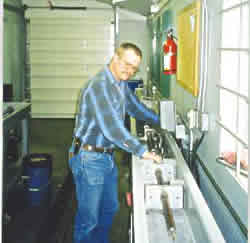
After the barrels are rifled they are stress relieved in a vacuum furnace. When a barrel is button rifled, no material is removed to create the grooves. Rather, the steel is cold formed and moved outward. This process introduces some stress into the steel and the stress then must be removed. The best method of doing so is by heating the barrel to a temperature of about 1100º F. and holding the steel at that temperature for a predetermined time. To prevent decarburization of the steel it is best to perform this step in a vacuum furnace where the atmosphere is pumped out. Following this heat treating operation the barrels are completely stress free. One of the specifications Lilja gives the steel mill is a stress relieving operation, performed as their last step in producing the steel. So, all Lilja barrels have been double stress relieved, once at the steel mill and again after rifling.
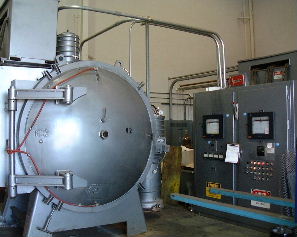
Following the heat treating of the barrels they are all hand-lapped as mentioned earlier. This is another of the keys in producing a true-match grade barrel. Each barrel is lapped by hand, the man performing this step gauges his progress both by feel and repeated checks with the video borescope as well as dimensional checks.
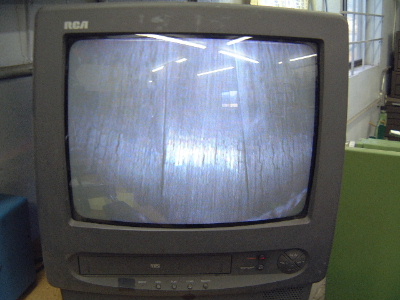
In practice, a lap is formed inside each barrel creating a lap that is formed perfectly for that particular barrel. The lap is then ‘charged’ with lapping compound and the lap pulled and pushed by hand through the barrel. A light weight oil is liberally applied to the lap, easing the cutting action and carrying away the residue created.
The outside diameter of the barrels is then turned to the customer’s specifications. Three standard fifty BMG contours are offered. They are the Light Target, Heavy Target and Sporter contours. The two target tapers are straight tapers and the Sporter contour is a lighter weight contoured profile, a duplication of the Navy SEAL contour. Usually the fifty barrels are made from 1 ¾” diameter steel but a supply of 2 1/16” diameter stainless steel is also available for the extra large diameter requests.
The outside turning operation is done on a CNC lathe or hydraulic tracer lathe. And following this step the outside is centerless ground to a 320 grit finish. After a final inspection, all barrels are sealed in a 6 mil poly bag.
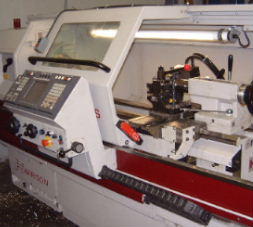
The Montana team also flutes many of their barrels. Fluting offers several advantages. Weight reduction without a loss in barrel stiffness is an advantage where accuracy is important. And a fluted barrel has much more surface area exposed to the air for cooling. The 50 BMG cartridge can heat up a barrel quickly and the fluting makes a noticeable difference in the cooling rate of a barrel.
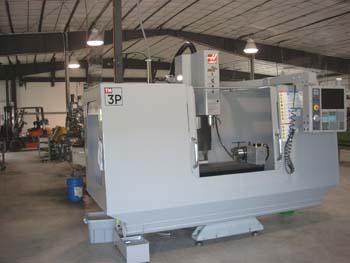
Because of his interest in long-range shooting, Dan became one of the first Night Force scope dealers. He knew an excellent product when he saw it and has been selling these top-quality scopes ever since. Dan reports that he’s sold hundreds of the Night Force scopes and that he knows many of them have been mounted on 50’s. As Very High Power readers know, the 50 BMG cartridge has a reputation for tearing up scopes. But Dan reports that not one of the Night Force scopes he’s sold has come back with problems. He speaks very highly of the scope line. A selling point for him early on was finding that he could see 50 caliber bullet holes at 1000 yards with a 5.5 x 22 power Night Force scope, set at 22 X! Since then the NXS series scopes have been released and they’re even better.

